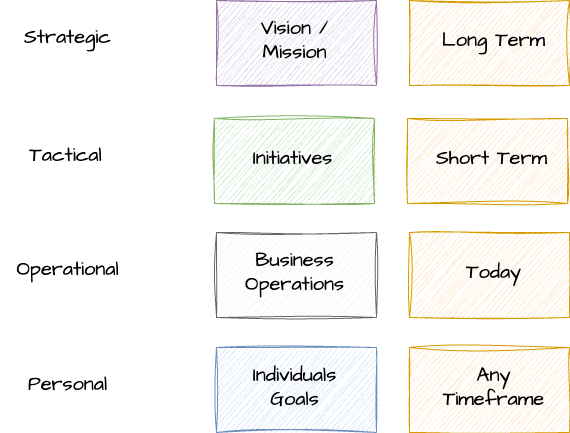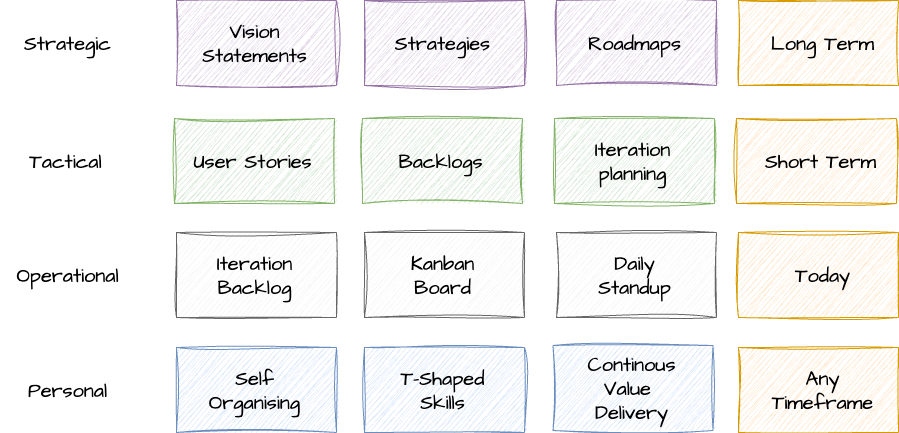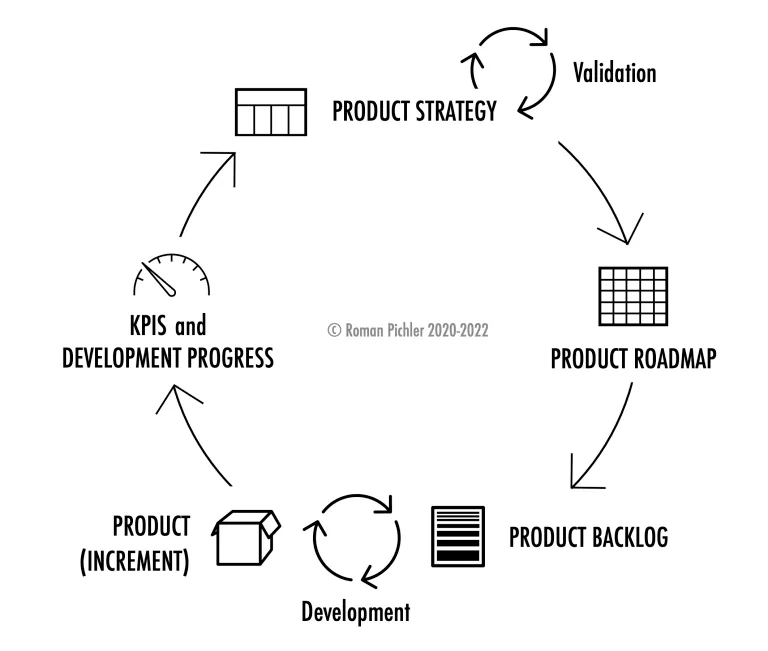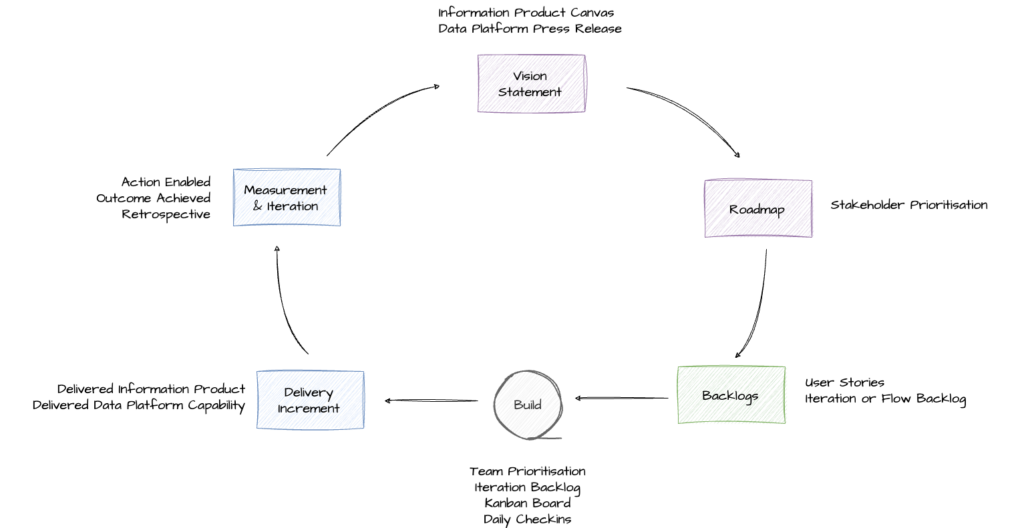When looking at the AgileData patterns for prioritisation you can see they are all based on prioritising Information Products based on the Information Product Canvas template or Data Platform Features based on the Data Platform Press Release template. It would be fair to say that both these templates are at a high level, so what about prioritising the detailed data work to be done.
An organisational lens
We can adopt the pattern of four levels of prioritisation from the organisational strategy domain.

Strategic prioritisation, which involves prioritising work that is necessary to achieve specific outcomes that are aligned with the long-term vision and mission of the organisation. Strategic prioritisation focuses on allocating resources to work that has the greatest impact on achieving the organisation’s strategic outcomes in the long term.
Tactical prioritisation, which involves prioritising work that is necessary to achieve specific outcomes within a defined timeframe. Tactical prioritisation focuses on allocating resources to work that is the most critical to the success of the organisation in the short to medium term.
Operational prioritisation, which involves prioritising daily tasks and activities that are necessary to keep the organisation running smoothly. Operational prioritisation focuses on allocating resources to work that are essential to maintaining business operations, such as customer service, production, and maintenance.
Personal prioritisation which involves prioritising individual tasks and responsibilities based on personal goals, deadlines, and values. Personal prioritisation focuses on allocating time and resources to work that is most important to the individual’s success and well-being.
An agile lens
We can also adopt the pattern of four levels of prioritisation from the agile domain..

At the highest level, are patterns such as vision statements, strategies and roadmaps. Roadmaps outline the work that will be necessary to achieve the vision statements. This level is similar to strategic prioritisation, where the focus is on allocating resources to work that will have the greatest impact on achieving the organisation’s strategic objectives.
At the next level, are patterns such as user stories, planning and iteration backlogs to prioritise specific work and features that are necessary to deliver what is in the roadmap. This is similar to tactical prioritisation, where the focus is on allocating resources to work that is the most critical to the success of the organisation in the short to medium term.
At the next level, are patterns like Scrum or Kanban to prioritise and manage daily work. This is similar to operational prioritisation, where the focus is on allocating resources to work that are essential to maintaining business operations on a daily basis.
In an agile team, personal prioritisation is also important. Each team member is responsible for managing their own workload and prioritising their tasks based on both team and personal goals, deadlines, and values. This is similar to personal prioritisation, where individuals allocate time and resources to initiatives that are most important to their success and well-being.
Prioritisation Cycle
Roman Pichler has developed a Product Strategy Model which has a pattern we can adopt to show the relationship between the different AgileData artefacts and the differing prioritisation levels.

If we apply this visual cyclic pattern to prioritisation in the AgileData Way of Working we would end up with:

Information Product Canvas and Data Platform Press Release
We use the Information Product Canvas and the Data Platform Press Release patterns to provide inputs into stakeholder prioritisation patterns.
Both of these map to the Strategic level.
The prioritisation of the Information Product Canvas and the Data Platform Press Releases defines the next most important outcomes for the AgileData team to help the organisation work towards achieving its strategy. It provides the “why”.
Roadmaps
We will often maintain separate prioritisation boards / roadmaps for Information Products vs boards or roadmaps for Data Platform Press Releases. We find this separation makes it easier to communicate the priorities compared to a single shared board or roadmap which gets overcrowded and complex.
We will sometimes have a different set of stakeholders who prioritise the Information Products compared to the stakeholders who prioritise the Data Platform Press Releases. We will sometimes use different workshop patterns to prioritise the Information Products vs Data Platform Press Releases. We will sometimes use a different visual board pattern to visualise the Information Product roadmap compared to the visual board pattern to visualise the Data Platform Press Releases. When we do any of these we increase complexity, so we only do these when the benefit of doing so far outweighs the complexity of managing the processes and outputs.
These all map to the Strategic level.
The creation of the roadmaps documents the priority of the work that could be done. It provides the “what next”.
Backlog
These all map to the Tactical level.
The backlog is the bridge between the Vision Statement of “why” and the roadmap of “what next” and provides enough detail so the AgileData team can determine the “how” and “how long”.
Build and Deliver
<<<describe the patterns for daily prioritisation>>>
These all map to the Operational and Personal level.
The AgileData team takes the “why” and the “what next” and then they define the “how” and “how long”.
Measure and Reiterate
<<<describe the patterns for iterating the way of working>>>
The Stakeholders and AgileData team determine “did it work” and then work together to determine “what should we iterate in the way we are working next”.
